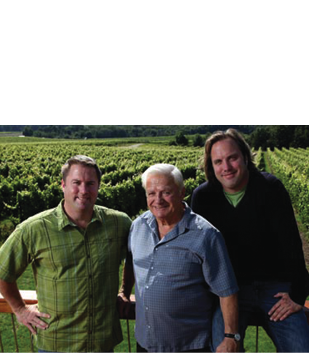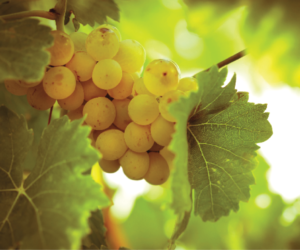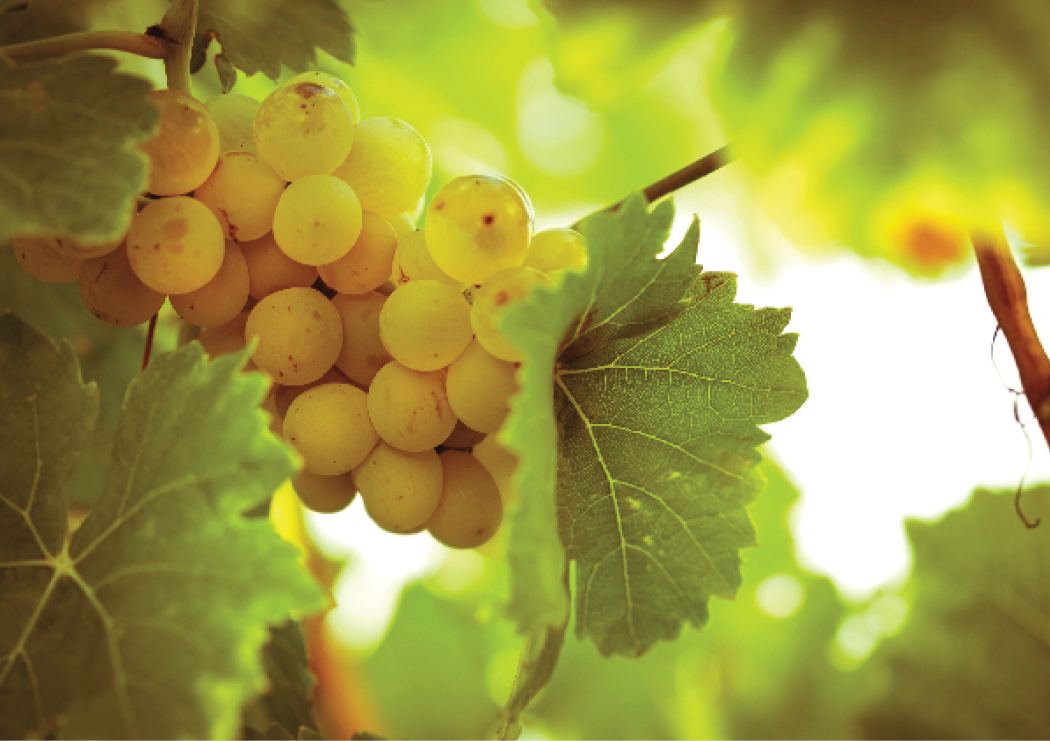 Ask any wine expert and they will tell you — Riesling deserves its day in the sun. Long touted as one of the most food-friendly wines available, it’s versatility in the winery also cannot be beat. Riesling can be made into a variety of wine styles, from bone dry to icewine, and can be enjoyed early or aged for a decade or more.
Ask any wine expert and they will tell you — Riesling deserves its day in the sun. Long touted as one of the most food-friendly wines available, it’s versatility in the winery also cannot be beat. Riesling can be made into a variety of wine styles, from bone dry to icewine, and can be enjoyed early or aged for a decade or more.
But while it is well-known and loved where its European roots lie — Germany, Austria and the Alsace region of France — Riesling has long suffered under the stereotypes of mass produced, uninteresting sweet wines in the New World. But perhaps there is no better time for Riesling to step into the spotlight. White wines with little (or no) oak, higher acidity and less manipulation in the winery are fast becoming popular among today’s wine drinkers, and Riesling fits right in to this trend.
“Money aside, there is a drift toward crisp white wines. This, you may think, is hardly a trend, but what people think as being dry white wines — like many a California Chardonnay — really are not. Crisp wines made from Sauvignon Blanc, Spain’s Albarino, Italy’s Falanghina and Grechetto and others of a similar ilk are in vogue,” San Francisco Examiner wine writer Pamela Busch said. So it is only natural that Riesling — a grape that has always benefitted from non-interventionist methods of white winemaking — is finally ready to enjoy the widespread modern popularity that Riesling lovers and sommeliers have been hoping for for decades.
To learn more about the secrets of making wine with this grape, I rounded up five US winemakers who earn accolades for their Rieslings and asked them to reveal some of their tips and methods.
Riesling Roundtable Winemakers

Wendy Stuckey, Chateau Ste. Michelle Vineyards & Wineries, Woodinville, Washington Wendy was born and raised in Australia and left the Barossa Valley in October 2007 to join Chateau Ste. Michelle as its white winemaker, managing day-to-day operations at the winery’s white wine cellar. Prior to that, Wendy worked with the Fosters Group based at the Wolf Blass Winery for 15 years. She was responsible for some of the company’s iconic white wines, most notably the highly regarded Wolf Blass Gold Label Riesling.
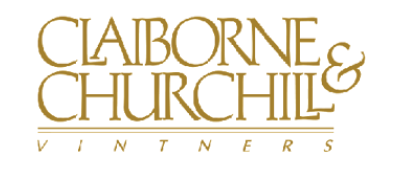
Coby Parker-Garcia, Claiborne & Churchill Winery, San Luis Obispo, California Coby Parker-Garcia was born and raised in San Luis Obispo. During his college days at Cal Poly State University, San Luis Obispo he studied Agribusiness Marketing with a minor in Wine and Viticulture. While at Cal Poly, he worked on the campus vineyard learning the ins and outs of growing grapes. In 2004 he started at Claiborne & Churchill as assistant winemaker. By 2007 Coby was promoted to Head Winemaker and today he oversees the entire wine production, their estate vineyards, and works closely with numerous vineyard managers along the Central Coast.
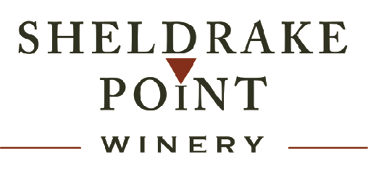
Dave Breeden, Sheldrake Point Winery, Ovid, New York With experience developed in wineries throughout the Finger Lakes, Dave is armed with two degrees in chemistry and two in philosophy. Dave not only has expertise in the wine lab and on the crush pad, he also can be heard waxing poetic virtues of everything from Plato’s cave to contemporary third-party politics.
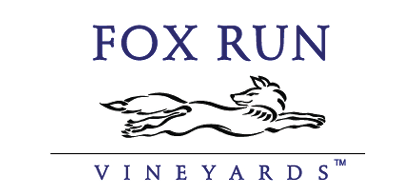
Peter Bell, Fox Run Vineyards, Penn Yan, New York Born and raised in Canada, Bell began his winemaking career in Australia, where he earned a degree in enology at Charles Sturt University in New South Wales. He also worked in the school’s winery. Upon graduation he became Assistant Winemaker for Hunter’s Wines in New Zealand, producing Chardonnay, Riesling and Sauvignon Blanc and experimenting with Pinot Noir. Leaving New Zealand, he turned down offers from Portugal and British Columbia in favor of the natural beauty and outstanding potential of the Finger Lakes. For five years he was Winemaker at Dr. Konstantin Frank’s Vinifera Wine Cellars on Keuka Lake where he made a number of award-winning wines.
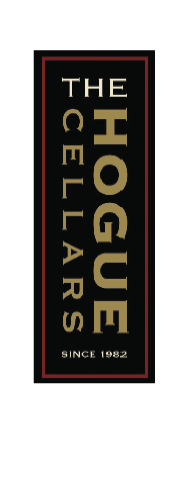
Jim Mills, Hogue Cellars, Prosser, Washington Jim has been an integral part of the award-winning winemaking team at the Hogue Cellars since 2001. His first role was as Lab Manager and he later served as Enologist and then Assistant Winemaker. He was promoted to lead white winemaking in 2007. He graduated from Washington State University in 1998 with a Bachelor of Science degree in Microbiology and earned his Masters in Food Science with an emphasis in wine microbiology in 2001.
How much of Riesling is determined by what happens in the vineyard?
Wendy Stuckey: The vineyard contributes a lot to the final flavor in the wine as does the climate, geography and soil. Cooler climates generally have more acidity and more citrus and minerality. Warmer climates tend to have more stone fruit and tropical flavors.
Jim Mills: Good sites, proper ripening, Botrytis control and canopy management are all critical for final quality. For example, we have certain sites that are warmer than others, and the resulting wines are very different and put in different programs accordingly. Botrytis can also affect certain vineyards more than others depending on a number of factors. You have to know each vineyard site well and know what to expect from it.
Coby Parker-Garcia: The old saying that ‘Making wine is 80% vineyard and 20% winemaking” is true for Riesling. It all starts out in the vineyard with quality grapes.
Dave Breeden: Not only with Riesling but with all the wines I make, Riesling is made in the vineyard as much as possible. The more work I do, the more screwed up the wine is. I shouldn’t need to do anything. The Riesling is really nice because you bring the grapes in, crush/press, settle out, inoculate it and that’s it — that’s all we do.
Peter Bell: This is a very good question, and I am loath to answer with definitive opinions. On one hand, it is a pretty easy grape to grow in cool regions. It sets a good size crop without any need to adjust. Canopies are not over lush or too skimpy. Disease control matters, but is not as challenging as with, say, Pinot Noir. We employ vertical shoot positioning and practice moderate leaf pulling and shoot hedging, but otherwise let things happen.
What is your personal winemaking philosophy when it comes to making Riesling? How do New World and Old World winemaking ideas fit into that viewpoint?
Wendy Stuckey: I like to showcase the region where the fruit is grown and Riesling has a wonderful propensity to do just that. Picking the fruit at its optimal flavor ripeness is the key and I think this is both an Old and New World philosophy.
Coby Parker-Garcia: We model our Riesling wines on those that come out of Alsace, France. We are really focused on making a more Old-World, European-style Riesling.
Jim Mills: You have to go with the terroir of each location. Yakima Valley Riesling tends to be fruity with lots of apricot, peach, and orange. However, it can sometimes lack the more mineral notes found in certain areas.
Peter Bell: Most people would say the same thing, but it’s pretty straightforward: do things in the
winery that let the fruit express itself. Our approach is probably a fusion of New and Old World techniques, since we are pretty small scale (we make about 4,000 cases of Riesling per year) and can do stuff that is not strictly process oriented.
How would you describe the style of your Rieslings?
Dave Breeden: We make five different Rieslings. With Riesling you can make anything from bone dry styles to icewine with 25% residual sugar. Our reserve Riesling is very dry with about 0.55% residual sugar and the acidity tends to be quite high — 10–11 grams per liter. Our dry Riesling is more like 0.7–0.8 residual sugar and the acid can be 8–9 grams per liter. Our semi-dry Riesling is 2.5% residual sugar and has 8–9 grams per liter acid. The late harvest Riesling (which we have not made since 2008) is generally heavily Botrytised. It’s all about the peaches/honey/apricot — the balance is toward the sweeter side with 8-10% residual sugar. We also make a classic icewine where we let the grapes freeze on the vine, pick them in the dark and press them when frozen — the icewine can have as much as 25% residual sugar.
Wendy Stuckey: Our Rieslings showcase the Washington fruit profile, from the citrus end of the spectrum through stone fruit to the tropical flavors and each of these are evident in the different Rieslings we produce.
Jim Mills: We have a number of styles of Riesling as we make a number of Riesling products. Each one is very different, and are treated differently during fermentation and later processing.
Peter Bell: We strive for exquisite balance, purity of fruit expression, and the illusion that not much has happened in the winery.
Coby Parker-Garcia: We make a very dinner-friendly dry Riesling — a wine to be enjoyed during dinner, not for after dinner.
Do you do anything particular during crushing and pressing (for example, whole cluster pressing)?
Coby Parker-Garcia: We crush and press everything as whole clusters.
Wendy Stuckey: Always crush the fruit, that way you get more flavor compounds into the juice from
the skins.
Dave Breeden: I occasional do whole cluster pressing, but that’s not a defining characteristic of how I make any wine. For the icewine we use a 50-hour press cycle.
Peter Bell: We employ whole cluster pressing when we deem it beneficial, based on sensory evaluation of the grapes. Ditto press fractioning. In most cases these practices are not found to help wine quality, and may hinder it if we have 30 tons sitting on the crush pad. We always taste the juice coming out of the press and react accordingly. We used to do a preemptive juice fining, but after some trials found that it was not beneficial: empiricism at work.
What types of yeast strains do you use or would you recommend?
Peter Bell: Our go-to yeast is Epernay II, but we always ferment a few tanks with other strains to add complexity. Right now we like QA-23 and VIN-13. Yeast strain selection is probably the number one way to influence wine style.
Jim Mills: We use a number of commercial yeast strains, we’re always trying new yeast strains. With Riesling, not all yeast strains are created equal. You have to be very careful on what you add and how you ferment it. Two of my favorite yeast strains for Riesling are DGI-228 and Eperney II.
Coby Parker-Garcia: We use multiple yeast strains and we do a combination of barrel fermenting and tank fermenting. Some of the wine is fermented with natural yeast and others are made with cultured strains. We ferment small batches to blend together at the end. From a tank to a barrel ferment we get totally different wines. We do it this way to create a more complex white wine; much like going to the spice rack in the kitchen, you want more than just salt and pepper to season.
Dave Breeden: Epernay II, which is a popular strain. For the dessert wines we use VL1.
At what temperatures do you ferment?
Coby Parker-Garcia: If the wine is tank fermented, it is all chilled in the low 50s Fahrenheit (10–11 °C). If it’s fermented in a barrel, the wine ferments at cellar temperature; it pretty much goes through the range of what a natural ferment would go through.
Wendy Stuckey: In the range of 55–60 °F (13–15 °C).
Jim Mills: Depends on a number of factors, but typically 48–58 °F (8–15 °C).
Dave Breeden: Generally the low 60s Fahrenheit (15–16 °C). I’ve actually got something fermenting right now at 67 °F (19 °C), but my preference is for low 60s Fahrenheit (15–16 °C).
Peter Bell: On the warm side in most cases, say around 68 °F (20 °C). A little cooler during the early phase.
Do you use any enzymes or yeast nutrients? Why or why not?
Dave Breeden: We use yeast nutrients as needed. I measure the yeast available nutrient (YAN) of each juice before adding the yeast and decide then about using nutrients. I like to see the YAN at 200 or so for table wines and closer to 250-300 for dessert wines. We use a combination of DAP and Fermaid K.
Wendy Stuckey: I use enzymes to settle out the juice solids, so the juice is clear before starting the fermentation and nutrients as necessary.
Jim Mills: For Riesling, we keep things very minimal. We add some yeast nutrients up front and then
later around 18 °Brix. This usually prevents any sulfide problems. Other than pectinase, we rarely
add any enzymes.
Coby Parker-Garcia: Yes, we do use enzymes. We make wine with a lot of what are known as “slippery skin” varietals, so we use enzymes to break down the cell wall of the grapes.
Peter Bell: Yes, a good pectinase is added to the juice (we prefer Novoclair Speed from Gusmer). And an aggressive enzyme just before bottling so that we don’t plug our membrane filter.
Are your Rieslings meant for aging, drinking right away, or do you make different styles? What is the aging potential for your Riesling, and why?
Coby Parker-Garcia: We have good aging potential with our Rieslings, but it all depends on the vintage. The acidity in our style helps our wines age well. Our 2001 Riesling is holding up well and when you drink it you wouldn’t know that it was a 12-year-old wine. A ho-hum vintage doesn’t age as well as other vintages, however.
Wendy Stuckey: Most of our Rieslings are made for early consumption, but they can age quite beautifully, if you have the patience to put them down for a few years. We do have a couple of wines such as Eroica, Late Harvest and Single Berry Select that can be aged for 10+ years.
Jim Mills: We really make a number of different styles, all of them can be aged for at least a few years, some longer than others. We have some higher end Rieslings that can be aged for at least five years. Our use of screwcaps as a closure also helps the wines last longer. All of our Riesling is bottled with screwcaps, which we have seen keeps wine fresher and eliminates cork taint.
Dave Breeden: For most vintages — hot years excepted — our wines are ready to drink right away, but also have aging potential. They can go for 10–12 years, but I think they could go longer than that.
Peter Bell: All of the above — sorry! Our semi-dry does well in the bottle through 10 years at least, but is made to taste delicious as a young wine.
What are some of the most common problems you have encountered in the winery with Riesling? What, if any, are your solutions?
Wendy Stuckey: Washington is a great place to grow Riesling — little disease, the fruit reaches flavor maturity — I do not encounter too many problems at all.
Jim Mills: Riesling is actually not very problematic compared to many of the other varietals. The biggest problem is cleaning up or filtering some of the sweeter styles. We used to use giant DE filters, but we recently purchased a crossflow and that has made the filtration part much easier. We use Isinglass occasionally to aid in settling after fermentation. It has been very effective when needed.
Coby Parker-Garcia: Riesling is a little bit like Pinot Noir in that it is finicky out on the vine. We’ve really had to do a lot of canopy management with our grapes. It ripens later so you want it to be able to ripen at a steady rate. It is also very susceptible to Botrytis and rot so that’s something that you really have to watch out for.
Peter Bell: If you don’t look after yeast health, you will get some off aromas. I am really against the practice of back-sweetening dry wines. It’s far better to stop the fermentation at your desired residual sugar.
What other advice could you give to a small-scale winemaker who is interested in making a Riesling wine?
Wendy Stuckey: Small-scale winemaking of whites can be challenging — key areas to watch out for: hygiene, oxidation, use SO2 at the end of fermentation and be sure to remove yeast quickly to retain the fresh fruit aromas.
Coby Parker-Garcia: I would say Riesling is becoming a more popular varietal in the US and it’s one of those wines that can be made many different ways. Don’t let someone tell you that your Riesling has to be made a specific way. It’s one of those varietals that you can do so much with and there’s no wrong way to approach
it stylisitically.
Dave Breeden: The most important part of making Riesling is the source of your grapes. Some of the places where you can get juice or grapes will let you taste the wines before you buy the juice, which I highly recommend. More than any grape I can think of, Riesling is about the vineyard.
Peter Bell: Check pH and SO2 using (in the latter case) a method other than Ripper. Learn to recognize off aromas, and not just correct them but prevent them.


